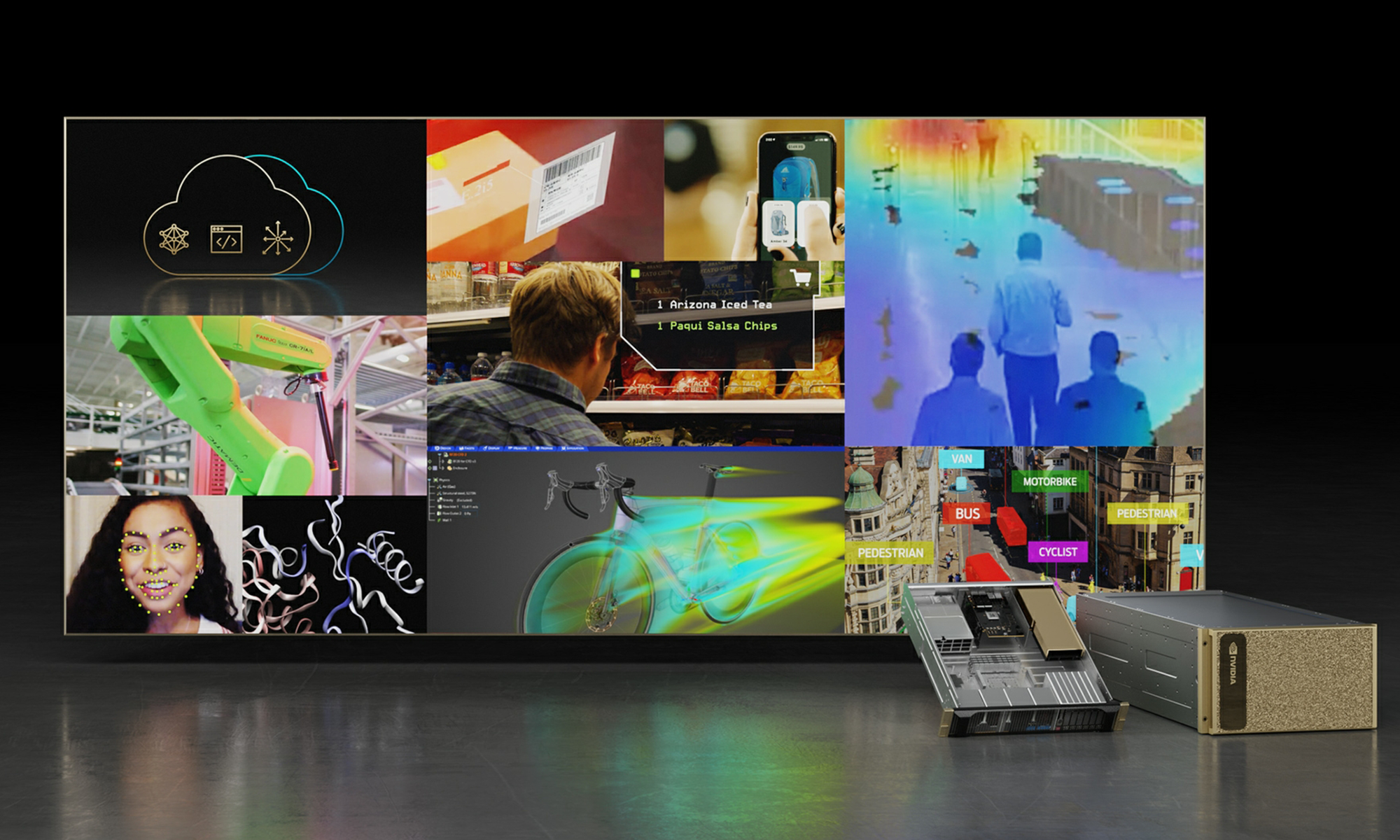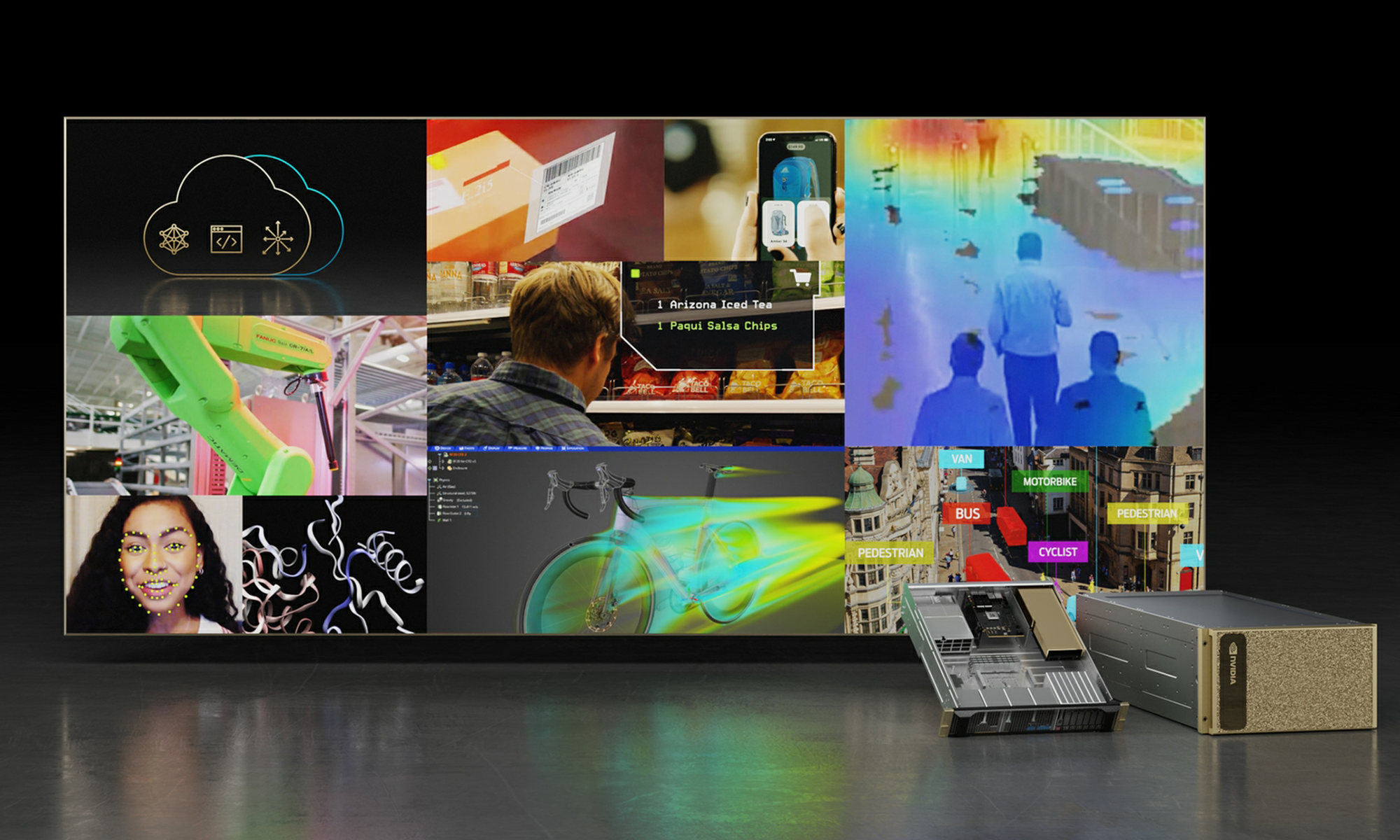It's well known that long-term investing is key to sustainable returns in the stock market. But once your time horizon expands from a couple of years to a decade or more, some new risks emerge. Over that time frame, technology can change dramatically, and once-dominant companies may slowly fade if they don't work hard to stay relevant.
Right now, there are already early signs that this generation's tech giants like Alphabet, Meta Platforms, and Apple may be losing the AI arms race. And while Nvidia (NVDA 1.19%) has been a winner so far, there is no guarantee that the good times will last.
Let's dig deeper into what the next 10 years might hold for the company and its shareholders.

Image source: Getty Images.
First, the near-term situation
Nvidia's future will largely depend on its present. And the good news is that its near-term situation is quite good.
This month, the Trump administration promised to allow the company to resume sales of its H20 AI chips to China, which were previously banned over national security concerns. This development represents a massive boost for the company.

NASDAQ: NVDA
Key Data Points
For starters, Nvidia may be able to recoup much of the $4.5 billion impairment charge it recorded in the first quarter (related to excess H20 inventory and purchase commitments) in addition to a loss of $8 billion in H20 revenue expected in the second quarter.
However, the long-term impacts of this decision may be even more important. According to Nvidia CEO Jensen Huang, serving Chinese clients prevents domestic rivals like Huawei from capturing a monopoly in the world's second-largest AI market with little competition. And he is right.
Nvidia's economic moat doesn't rely only on the raw specs of its chips. Instead, it has carefully built a developer ecosystem around its brand and programming platform, CUDA. Banning Nvidia chips from China would give domestic rivals the space and time to create a parallel AI chip ecosystem that may have eventually become a serious threat outside China. Nvidia's management is pressuring the Trump administration to allow sales of even more advanced hardware to China to remain competitive.
What will the next 10 years have in store?
AI and data center-related hardware is Nvidia's bread and butter, representing a whopping 89% of first-quarter sales. However, over the coming years, this lack of diversification will make the company vulnerable to disruption as clients develop custom chip capabilities to reduce their reliance on its expensive hardware.
With a gross margin of more than 70%, Nvidia sells chips at a tremendous markup over their production costs. And clients probably aren't too thrilled to pay up.
Alphabet, Amazon, and OpenAI are already investing heavily in chips tailor-made for their specific workloads. And investors should expect Nvidia's data center growth and margins to eventually decline.
The good news is that Nvidia's hardware prowess could easily allow it to pivot to new tech opportunities -- the most promising of these looks to be automation. In the first quarter, Nvidia's automotive and robotics division saw sales grow by 73% year over year to $567 million. While this is still a tiny fraction of the company's $44.1 billion top line, the business could accelerate as self-driving cars and humanoid robots become mainstream.
Nvidia is also trying to gain a foothold in quantum computing, building research centers in Boston and Japan to study the technology.
Is Nvidia stock a long-term buy?
Although Nvidia is already worth $4.1 trillion, the reopening of the Chinese market and potential pivot to new opportunities like robotics and self-driving cars leave room for continued market-beating growth over the coming decade. With that said, no one likes to be late to the party.
With a price-to-earnings (P/E) multiple of 55, compared to the S&P 500 (^GSPC 0.35%) average of 30, Nvidia's valuation already prices in success. And the stock's days of explosive, triple-digit annual growth rates are likely over.











